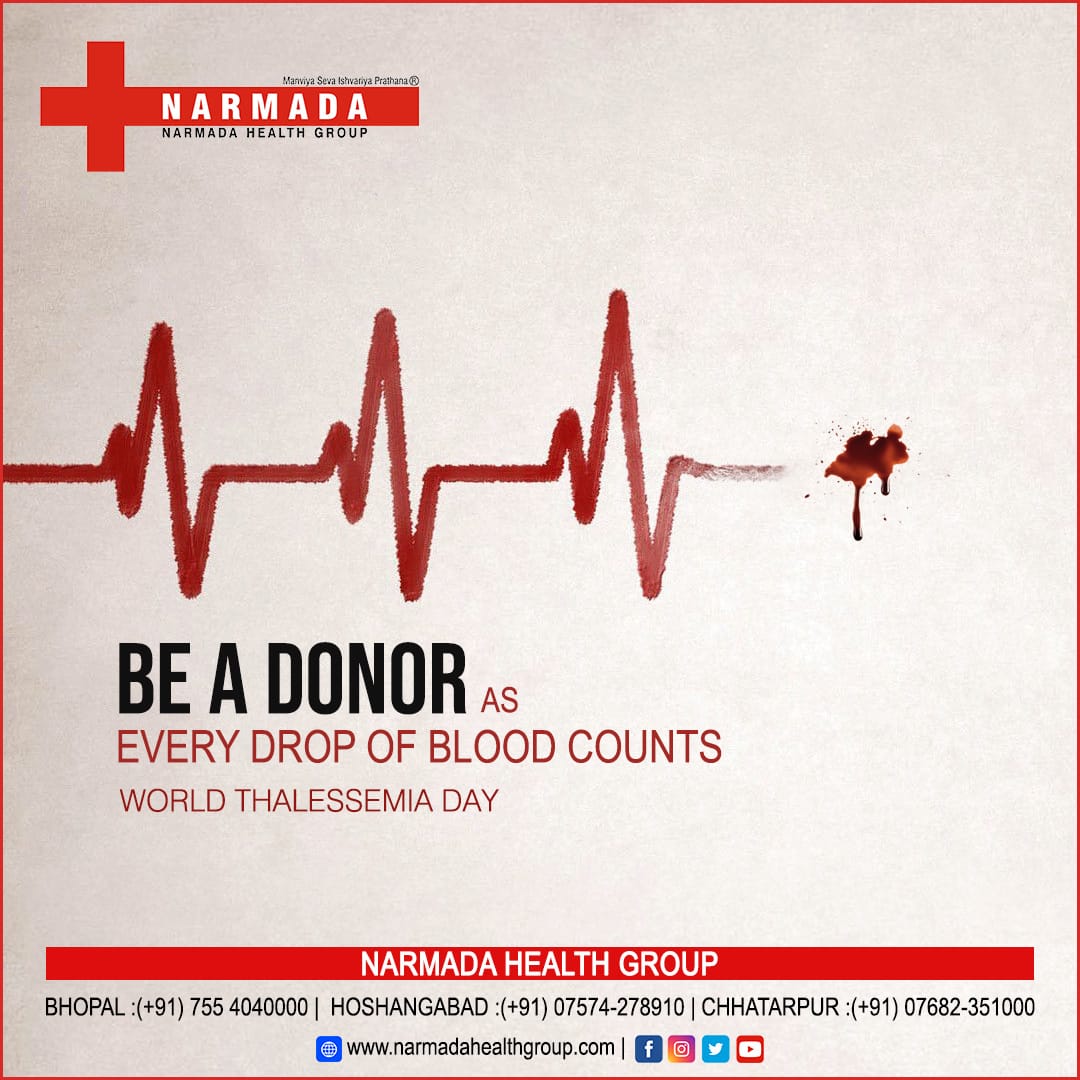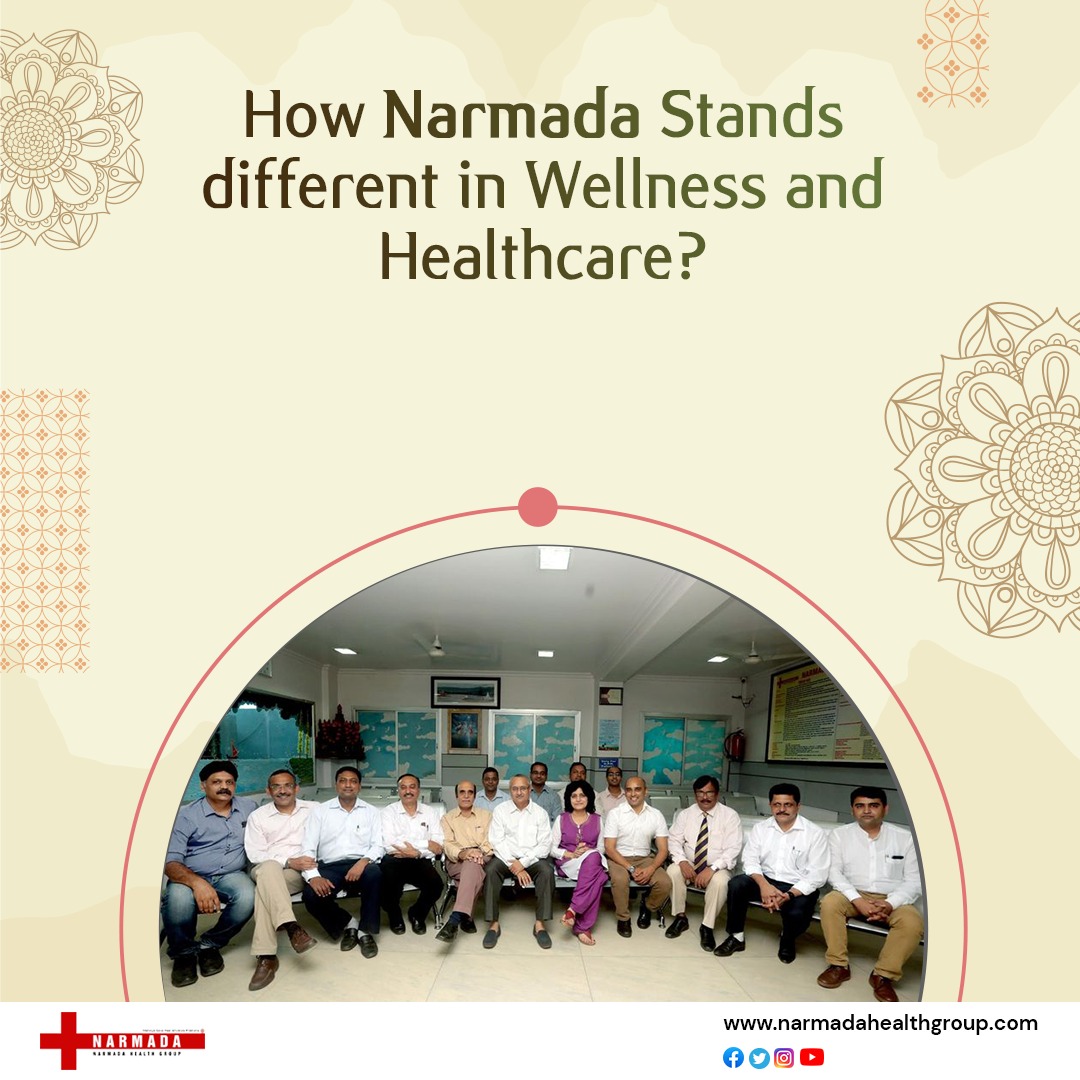WORLD THALESSEMIA DAY 2022-WHAT YOU NEED TO KNOW ABOUT THALESSEMIA
Posting On: 2022-05-08 19:32:09.782306
Thalassemia is an inherited blood disorder that affects your body’s ability to produce Haemoglobin - the
substance that gives your red blood cells the ability to hold and transport oxygen across your body.
The disease now affects the lives of more than 5% of India's population and has proved fatal in many
cases. Thalassemia is especially common in young Indians who stand the highest risk of contracting this
rare disease. Here’s what you need to know about Thalessemia.
Understanding The Causes Of Thalessemia
Since ages it was believed that thalassemia was credited to the crude and customary conviction that it
was a divine punishment meted out to the children of sinful parents. Thalassemia is, be that as it may,
really caused because of changes in the DNA of the hemoglobin-delivering cells in our body and is given
from guardians to youngsters.
There are two primary sorts of Thalassemia,
Alpha Thalassemia - happens when your quality connected with the alpha globin protein (a subunit of
hemoglobin) is missing or changed.
Beta Thalassemia - happens when quality imperfections influence the development of the beta globin
protein, which is likewise a subunit of hemoglobin. In light of the seriousness of the quality
imperfection, you can experience the ill effects of -
Thalassemia Major - happens when the kid acquires two changed qualities from the guardians. Their
failure to create ordinary hemoglobin prompts outrageous exhaustion and kids experiencing
Thalassemia major generally give indications of serious sickliness in the primary year of their lives.
Thalassemia Minor - People experiencing Thalassemia minor have a Thalassemia characteristic in one
quality and are alluded to as transporters. 3-4% of the Indian populace are transporters of this condition
and the best way to be aware assuming you're a transporter is to go through a particular blood test
called Hemoglobin electrophoresis that recognizes the transporter quality.
Consult a doctor if you or your parents , show traits of thalassemia.
Understanding the symptoms of Thalessemia:-
1. Weakness and Fatigue
2. Pale Skin
3. Dark Urine
4. Abdominal Swelling
5. Slow pattern growth
6. Reduced Bone Marrow
Living with Thalessemia
To work on the nature of living for patients with Thalassemia as well as to find a drawn out remedy for
the illness, the normal thalassemic will confront difficulties like -
1. Battle to have typical existences and ceaselessly experience incessant episodes of sluggishness
and weakness because of their low hemoglobin levels.
2. Experience the ill effects of sicknesses like Anemia, borne out of their lacks of iron and usually
have fair skin, experience the ill effects of continuous diseases and issues of the spleen and
bone.
3. Persistently require continuous blood transfusions to brace their hemoglobin levels.
How Thalessemia Is Diagnosed?
Most children show this symptom after two years of their life span. So a blood test will be
administered to check -
1. Low level of Red Blood Cells
2. Red Blood Cells that are smaller and different in shape and size.
3. Pale Red blood cell
4. Uneven distribution of heamoglobin
If you, and your partner, or both have a Thalassemia Minor attribute, 25% possibilities of your child
being a Thalassemia Major.
Other determination techniques include:
Pre-birth Testing: Before a child is conceived, pre-birth testing might be proposed to see whether the
child is conveying any transformed qualities or not. Methodology utilized to test babies are:
Chorionic villus inspecting - Involves the evacuation and assessment of a modest quantity of placenta
(normally done in the eleventh seven day stretch of pregnancy).
Amniocentesis - Involves the assortment and testing of a little example of the liquid encompassing the
baby (generally in the sixteenth seven day stretch of pregnancy).



.jpg)
(1).png)
